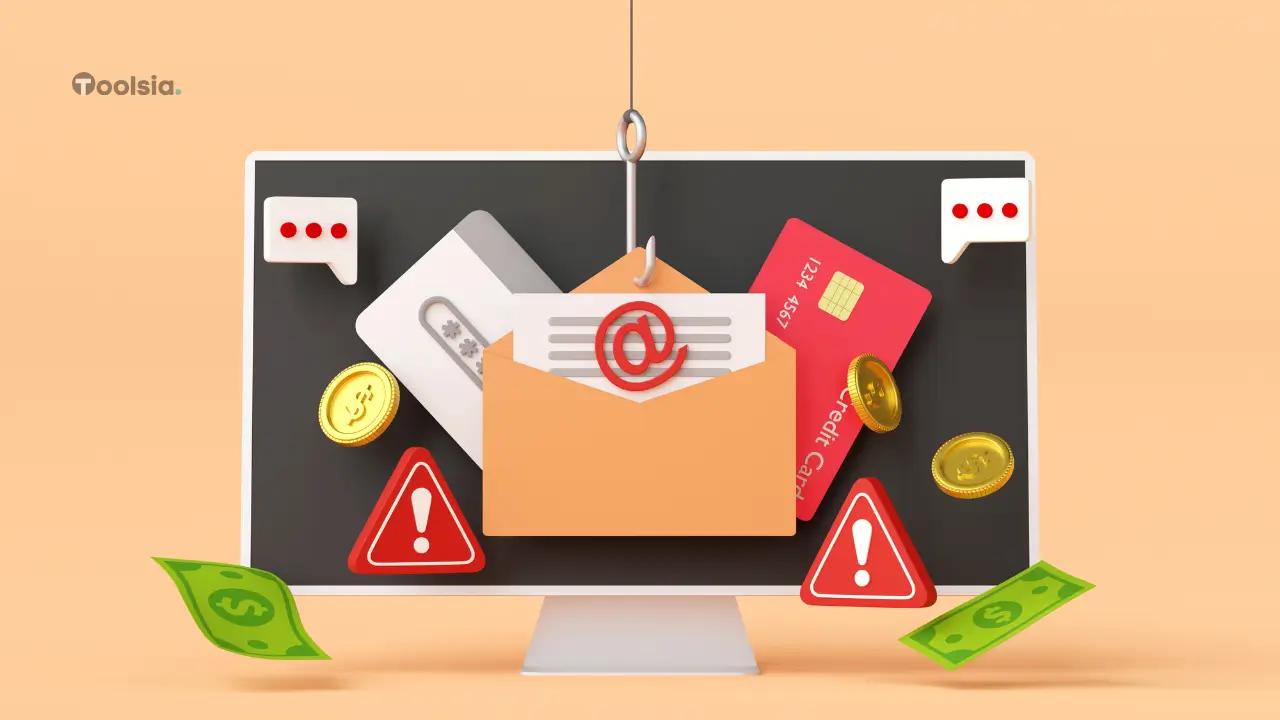Google Cloud Vision AI
Unlock image insights with AI: detect, classify, and analyze effortlessly.

Ever wondered how hackers get their hands on the best AI hacking tools? Or maybe you’re just curious about how these tools work and whether they can really boost your security game?
If you’re anything like me, you’ve probably asked yourself these questions, especially as the world becomes more digitized and AI continues to evolve.
In this article, I’ll break down everything you need to know about AI hacking tools—what they are, how they work, and why you might (or might not) want to use them.
AI hacking tools are advanced software programs that leverage artificial intelligence to either enhance or counteract hacking attempts. Whether you’re looking to test your own security measures or understand how hackers might exploit AI, these tools are essential. But before we dive deeper, let’s address a crucial question:
Are AI Hacking Tools Legal?
It depends. If you’re using AI hacking tools for ethical hacking—testing your own systems or those you have permission to test—they’re perfectly legal. But using these tools to break into unauthorized systems? That’s a one-way ticket to trouble.

In the past, hacking required deep technical knowledge and manual effort. AI hacking tools have changed the game by automating complex tasks, making hacking (and defending against hacks) more efficient. This means:
When it comes to AI hacking tools, there’s no shortage of options. Here’s a quick rundown of some of the most popular ones:
Here are the top hacking tools:
| AI Tools Name | Details |
|---|---|
| Invicti | Web application security scanner for detecting vulnerabilities like SQL Injection and XSS. |
| Fortify WebInspect | Dynamic analysis tool for complex web applications to identify security vulnerabilities. |
| Cain & Abel | Password recovery tool for Microsoft OS, capable of network sniffing and cracking encrypted passwords. |
| Nmap (Network Mapper) | Open-source tool for network discovery and security auditing, widely used in port scanning. |
| Nessus | Popular vulnerability scanner that detects various system vulnerabilities and misconfigurations. |
| Nikto | Web server scanner that identifies outdated software, dangerous files, and security issues. |
| Kismet | Wireless network detector and sniffer for identifying hidden and non-beaconing networks. |
| NetStumbler | Tool for detecting wireless networks, preventing wardriving, and identifying access points. |
| Acunetix | Automated tool for detecting over 4500 web vulnerabilities, including XSS and SQL Injection. |
| Netsparker | Tool that mimics hacker behavior to identify web API and application vulnerabilities. |
| Intruder | Automated scanner that identifies cybersecurity weaknesses and integrates with various platforms. |
| Metasploit | Framework for penetration testing, developing, and executing exploit codes against remote targets. |
| Aircrack-Ng | Command-line toolset for evaluating Wi-Fi network security, including cracking WEP and WPA2-PSK. |
| Wireshark | Network protocol analyzer for packet sniffing and deep inspection of numerous protocols. |
| OpenVAS | Comprehensive vulnerability assessment tool for large-scale scans and network security management. |
| SQLMap | Tool that automates the detection and exploitation of SQL Injection flaws in database servers. |
| Ettercap | Network analysis tool for man-in-the-middle attacks, including sniffing and protocol dissection. |
| Maltego | Data mining and link analysis tool for real-time information gathering and visual data representation. |
| Burp Suite | Web vulnerability scanner with capabilities for CI integration and automated security testing. |
| John the Ripper | Password cracking tool that detects weak passwords across various operating systems and environments. |

Using AI hacking tools isn’t just about understanding how they work; it’s also about using them responsibly. Here are some tips to keep in mind:
AI hacking tools use machine learning. They analyze data and find patterns. This helps them to detect and exploit weaknesses.
Here are some ways AI hacking tools work:
AI hacking tools are important for several reasons:
There are different types of AI hacking tools. Each has a specific purpose.
Let’s take a quick detour into the real world. Imagine you’re a cybersecurity analyst working for a large corporation.
One day, your company’s website experiences a sudden spike in traffic.
At first, it seems like a good thing—until you realize that most of this traffic is coming from bots trying to exploit a vulnerability.
Enter AI hacking tools. By deploying an AI-based defense system, you’re able to identify the bots, learn their patterns, and shut them down before they cause any real damage.
The best part? The AI learns from each attack, so it’s even more prepared the next time.
Here are some popular AI hacking tools that are used by cybersecurity experts:
| Tool Name | Purpose |
|---|---|
| Metasploit | Penetration testing |
| Nmap | Network scanning |
| Wireshark | Network analysis |
| Snort | Intrusion detection |
| OpenVAS | Vulnerability scanning |

It’s important to protect your systems from AI hacking tools. Here are some tips:
So, where are AI hacking tools headed? As AI continues to advance, we can expect these tools to become even more sophisticated. But with great power comes great responsibility. It’s up to us to ensure that these tools are used for good—to protect, not to harm.
So, should you dive into the world of AI hacking tools?
If you’re in cybersecurity, the answer is a resounding yes. These tools can give you a significant edge in defending against cyber threats.
But remember: with great power comes great responsibility. Use these tools ethically, stay informed, and always be aware of the legal implications.
AI hacking tools are here to stay, and they’re only going to get better. Whether you’re a seasoned pro or just starting, now is the time to get familiar with them.
After all, in the fast-paced world of cybersecurity, staying ahead of the curve is the name of the game.
AI hacking tools are software programs that use artificial intelligence to identify and exploit vulnerabilities in systems.
These tools analyze system data, predict weaknesses, and automate attacks to exploit vulnerabilities quickly and efficiently.
Using AI hacking tools is legal if done with authorization. Unauthorized use is illegal and punishable by law.
Yes, they help identify vulnerabilities faster, allowing security teams to patch weaknesses before malicious hackers exploit them.
Discover the recent AI tools, featuring advanced AI code assistants, generative AI for creative content, and powerful AI-driven analytics platforms. Enhance productivity, streamline workflows, and innovate with state-of-the-art AI solutions. Stay ahead with our comprehensive AI tools directory.

Unlock image insights with AI: detect, classify, and analyze effortlessly.

Transform research with AI-driven Smart Citations and deep insights.

Boost brand growth with AI-driven content and insights.

AI-driven tool revolutionizing research and interactive communication.